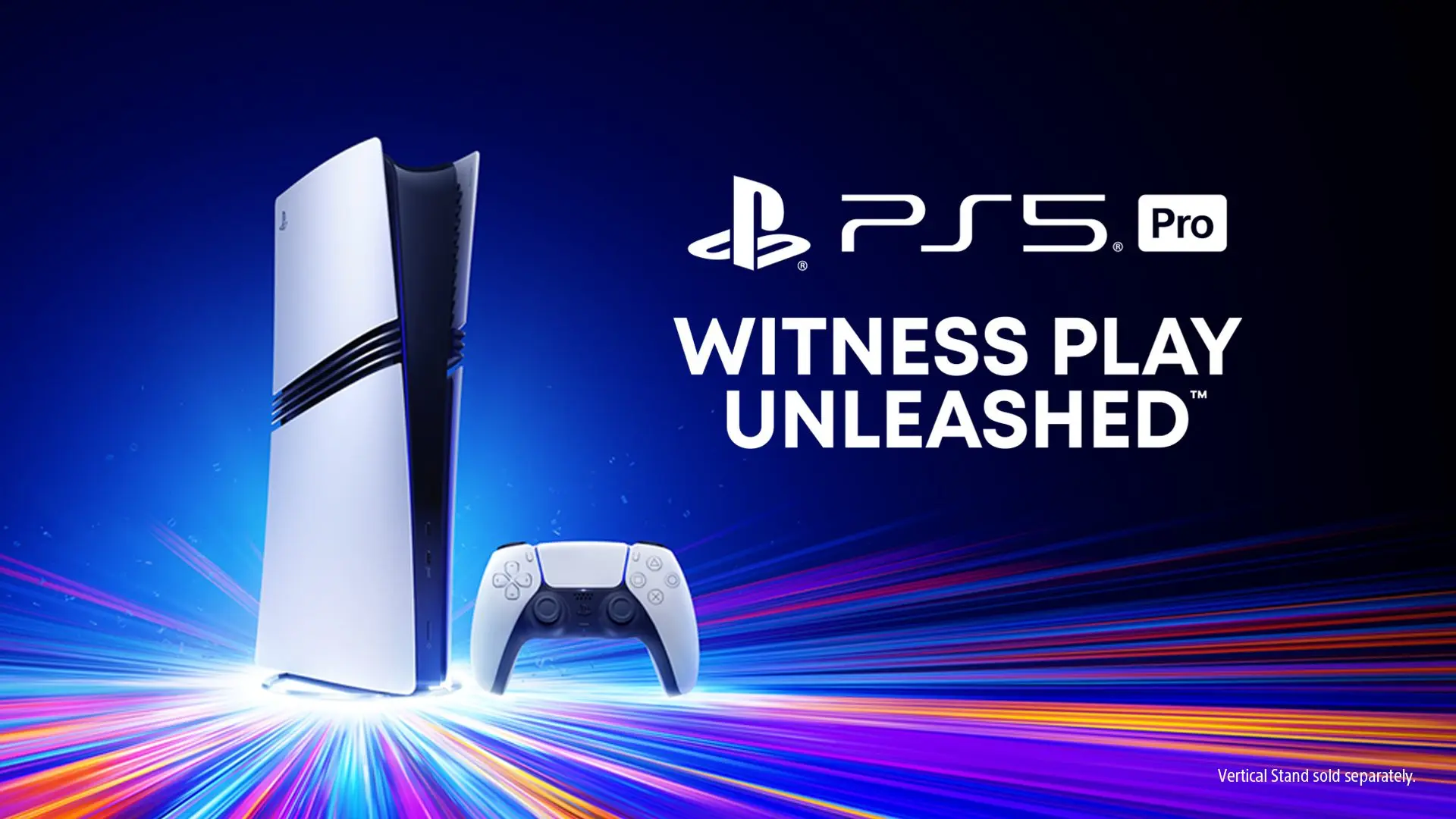- 11 Posts
- 46 Comments

 1·21 hours ago
1·21 hours agoYoung people don’t even understand that the internet isn’t only the 5 websites that have existed since before they were born lol
That’s probably a big part of it. We kind of designed the internet to become an information super oligarchy, even if it wasn’t intentional.
I’m 33 for the record so I guess I’m an older tech nerd. Nice. 😎
speech to relay detailed information it does so in a short and efficient message
So the antithesis of modern capitalist mindset of cheap devices that are designed solely to advertise?
Yeah, IDK if that’s ever going to happen unless we achieve Star Trek levels of societal restructuring.
I kill you now
Whoa, that escalated quickly.

 16·5 days ago
16·5 days agoYes, brave Sir Donald turned about and gallantly, he chickened out.

 153·5 days ago
153·5 days agoRight?
Lemmy ml and a history of Putin defense?
Alright fam.

 5·6 days ago
5·6 days agoI noticed this as well. It’s a shame as I still use it as my daily search driver.
Taylor Swift should just make her own social media company. Put mastodon on a server and call it a day for X dot com lmao

 51·8 days ago
51·8 days agoRegarding VPNs, I wish this was an easier way of doing it. Unfortunately it requires all friends to be tech savvy enough to understand why a vpn is necessary.
Yeah, thanks for sharing this. I’m going to have to give this a try sometime.
I had previously been building it manually, but I think I’m starting to realize that gitlab/github CI is basically essential to running a proper repository anyway.
I definitely agree with this.
My experience with earbuds (not headphones) that were “noise cancelling” before active noise cancelling was a thing was never all that great. The seal is too difficult to design in the same way over the ear headphones can be for passive noise cancelling. This is probably due to ear size differences and all that, so ymmv on whether or not passives work. Obviously, passive noise cancelling over-the-ears are going to be better, but that’s basically always going to be true for any debate of Headphones vs Earbuds IMO.
I think there’s a confusion caused by mixing up headphones and earbuds, which I think are for two very different markets. Earbuds have always been for the more casual audience.
My experience with battery life has been pretty much non-perceptual, but I did make note that I’m not sure how long the batteries in these devices can even really last. I agree that the disposable nature of battery-based headphones are a bit disconcerting.
As someone who uses FLAC for all of my audio needs, yeah I agree that Bluetooth bitrate is pretty bad (and often uses the lower quality.)
But this image is basically claiming that “cheap passive” plug-ins are superior to the more expensive bluetooth ones. That’s simply not true. My experience with those have basically always been bad, so I’m not a big fan of ear buds to begin with over headphones. I don’t take the person in the image that OP posted is all that worried about lossless (or even high quality lossy) and is more concerned with money to value. So while the analogue audio out can be high quality, you’re simply not benefitting from it if you buy any sub $100 earbuds where the EQ profiles are all trash. And if you’re going to spend over $100, at that point you may as well go for the bluetooth connected for all of the other pros mentioned.
I am a firm believer that super-high-quality seekers already know what they want: Over the ear cans that deliver awesome sound and have noise cancelling by their sealed design. They were never the people buying throw away headphones anyway. That’s basically why I said that they’re great but certainly not for anyone who wants to do professional audio (unless for sound testing what normal humans are likely to hear, ofc.)
edit: Oh and, just to be clear, I think every phone should have a headphone jack as well because the option for analogue is important! I wouldn’t say I’m 100% thrilled with less options, mind you.

 13·9 days ago
13·9 days agoEven better: do a git history of certain files to get a broad sense of history and understand it’s evolution.
I highly advise this practice for familiarizing yourself with parts of a codebase you may otherwise not know anything about. Interesting commits you should git show.
Though combining this with scripting would also be interesting. 🤔
I hate writing a serialized format
I mean, that’s why it’s serialized. It’s not supposed to be written by hand, that’s why you have a deserializer. 🤦
I didn’t believe the hype about wireless headphones until I bought some with noise cancelling and all that for around $130.
Pros:
1 - You don’t realize how “tethered” you feel on older headphones until you really try to use wireless headphones. There’s a certain freedom you feel when you realize you can place your phone on a hotel table but lie down in bed.
2 - Noise cancelling and noise passthrough is a transformative experience when travelling or find yourself abroad. Airports are much easier to feel relaxed in when 80% of the noise or so can be filtered out as you wait for your flight to board. Additionally, the flight experience is less annoying (no engine drone gets through, even passengers can mostly be ignored) but you still have the option for pass through if someone absolutely needs to talk to you.
3 - Many of these headphones come with some kind of EQ feature, which can occasionally mean that you get speakers with more tunability and thus slightly better bang-for-buck that works globally across apps.
4 - Audio quality. Since these are expensive drivers, you’re often going to get better sound quality than those cheap 30 dollar throw aways were ever going to give.
Cons:
1 - Latency. These things could never be used in professional audio situations other than listening to a pre-rendered song for quality judgements. I don’t thing gaming would be nice with these either, even if I’ve tried (and failed) to play counter strike on these on occasion to keep noise levels down.
2 - Mic quality of the built in is lacking on my particular headphones (Sennheiser CX Plus). They’re really only intended to capture the outdoor for noise cancellation IMO, not the greatest for calls or recordings. They’re servicable, but it’s the area I’d like the most upgrade (and it would probably improve noise cancellation features as well.)
3 - Environmental / Sustainability Concerns: Other than people just “losing” these devices with built in batteries that are bad for the environment being a problem in and of itself, there are other long-standing concerns I have about these devices. They often require proprietary non-open software to configure, meaning if the software gets delisted, you will no longer be able to configure them until someone comes up with some kind of alternative using reverse engineering (good luck). Batteries are likely to degrade over time, meaning you’ll eventually end up with a worthless ear bud on the left or right and the only solution will be to throw them out. These things are often pretty bad scoring on repairability metrics, and I can’t even blame the companies producing them here because they’re so small.
4 - Despite passthrough being a feature, it’s hard to convey to people that you can actually hear them through the device. There should be some kind of blinking light on the outside that indicates that passthrough is enabled or something.
So I actually do love these devices, but #3 of the cons is really the biggest real issue I have with them. If they’re going to cost over 100 dollars, I would like to know that these things won’t just become ewaste in the same way that cheap crappy wired headphones end up being as well (which sea life often chokes on or gets tangled up in.) If they costs a premium, I would really like to know that they aren’t a figurative dead end when they eventually fail.

 1·9 days ago
1·9 days agoI do agree that developers should use their own software, but doing so on a smaller instance with strict active user limits is probably the right call – at least until you are certain the software has a “stable” version, but even then you probably will want to run a master branch instance that is much less stable and prone to errors. Until you can afford it, it’s probably not a good idea for developers to be spending a huge amount of time debugging in-progress features (which IIRC, firefish had a lot of those.)
2024 is the year of a lot of gaming and gaming-tangential products being made with a ridiculous price tag but not a clear audience of people who ever asked for it. 🤔

 2·11 days ago
2·11 days agoThis is the craziest fucking timeline.
It goes to show streaming services are not long for this world with the introduction of AI.

 9·12 days ago
9·12 days agoLink to the video. I agree, it was a really good video on this topic and how wrong it is philosophically.














This is what people always miss. Generally, sites become popular because niche subcultures form outside of the “big” websites as they no longer really serve their purpose of connecting to like minded individuals. They never “start big”, they generally snowball from small hardcore users to larger more generalized userbases over time.